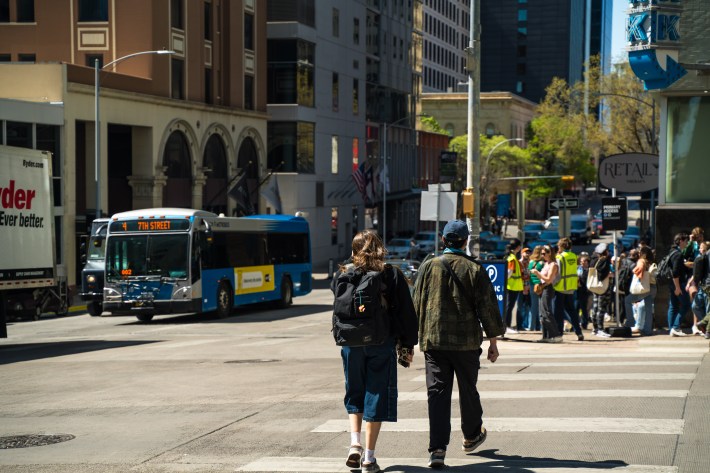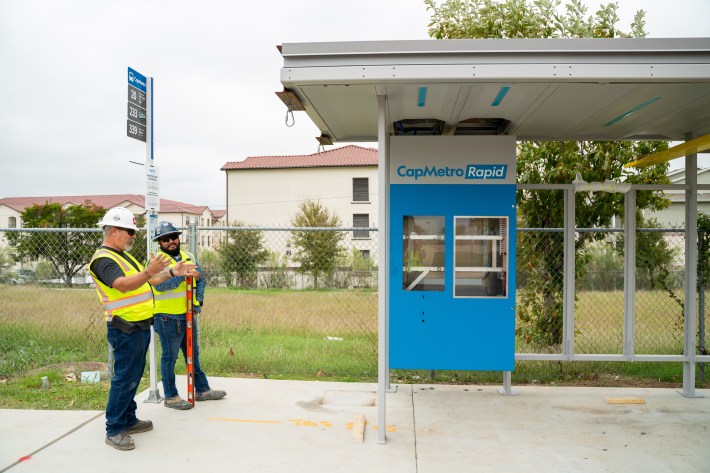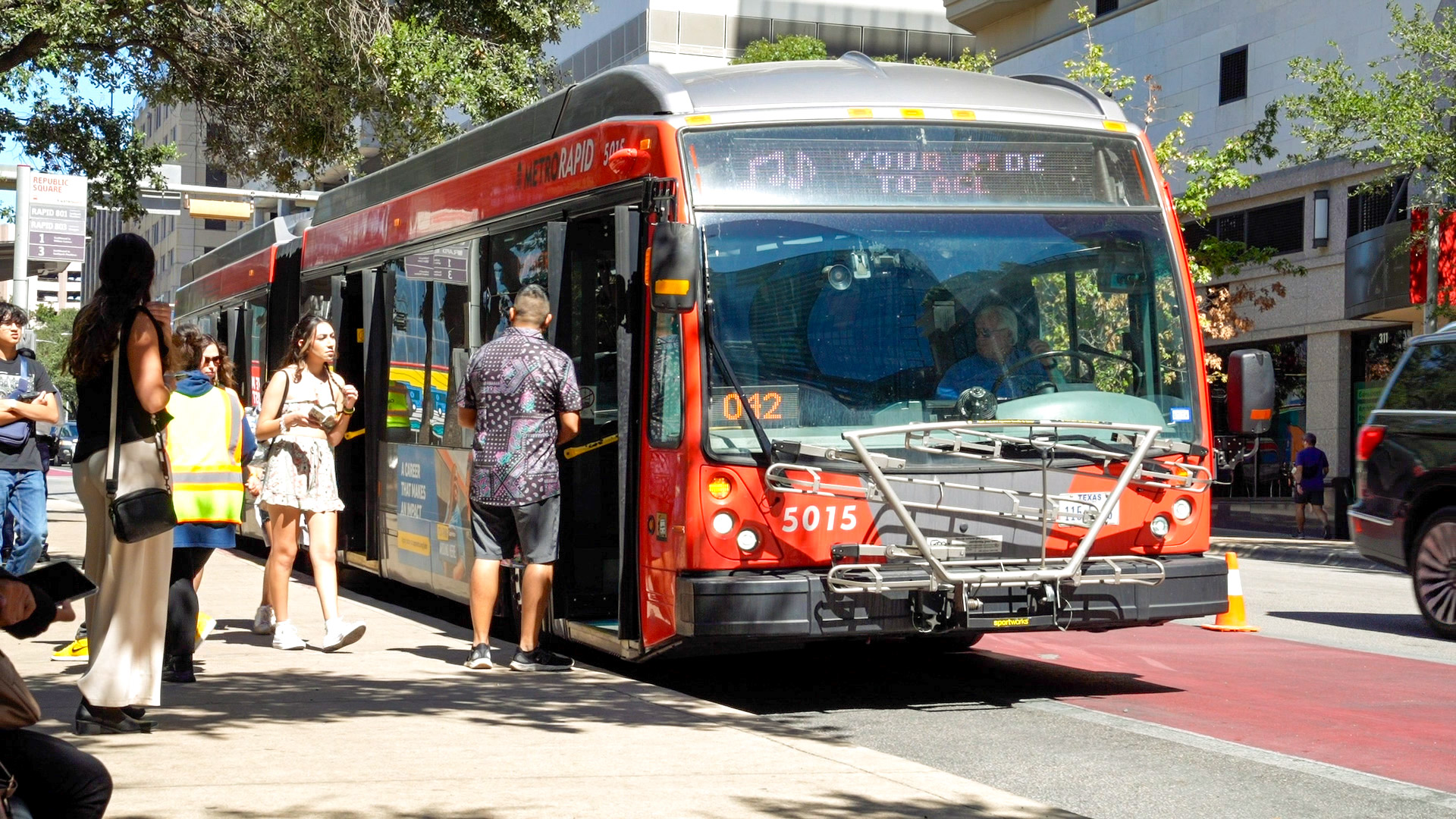Editor's note: this article is an excerpt from the Vision Zero Cities Journal and is republished with permission. For more information on the Vision Zero Cities 2024 conference, click here.
The City of Austin’s population is booming, presenting a unique challenge: how to manage mobility and safety in a rapidly growing region. According to the U.S. Census, the Austin area grew by over 500,000 people over the past decade, fueling economic growth, but also exacerbating mobility issues. Those issues are evident in the rise in traffic, and, unfortunately, at least one traffic death a day.
CapMetro, the region’s public transportation authority, helps an average of more than two million monthly trips by operating a diverse range of services, including bus, commuter rail, bicycle, and on-demand transit. CapMetro, in doing its part to meet the Vision Zero goals, ensures that all drivers are fully trained and prepared for the environment in which they operate.
As the region grows and the demands change, the agency acknowledges there is a great need to continue to increase safe and equitable mobility options that reduce the overall dependency on single-occupancy vehicles, which helps achieve the Vision Zero initiative. Though agency leaders have worked to expand mobility options, such as by launching Pickup, an on-demand shared ride service within zones, we know the work is far from over.

Central to the effort to reduce car dependency is the voter-approved initiative called Project Connect, which is a transformative and holistic series of projects designed to expand public transportation across the region. Key components of this vision, which were passed in 2020, are:
- CapMetro Rapid Expansion: two new bus rapid transit (BRT) lines will come into service in 2025 with dedicated lanes and priority signaling in certain areas. Electric vehicles will help serve this line, so charging infrastructure is also being installed, as well as Park and Rides.
- CapMetro Rail Improvements: a new commuter rail station has been completed in the growing North Burnet neighborhood, with another in development further north. Crews are also working to double-track the line in strategic areas, which allows for quicker recovery from potential disruptions and increased service frequency in the future.
- Pickup Expansion: four new on-demand pickup zones in Dessau, South Menchaca, North Oak Hill, and Dove Springs.
- Light Rail: CapMetro is assisting its partners at the Austin Transit Partnership to bring light rail to Central Texas, a first for the region. The first phase of the light rail line will run through the heart of Austin, forming part of CapMetro’s comprehensive transit network. This network will connect people to important destinations where they live, work, and play while improving mobility, connectivity, affordability, and sustainability.
Beyond Project Connect, the agency remains dedicated to continuously evaluating and enhancing its services to serve the community better. This commitment involves a proactive approach to identifying opportunities for expansion and improvement, driven by ongoing feedback from the community. It also includes strategic partnerships with transportation entities like the Texas Department of Transportation (TxDOT).

Many Texans still rely heavily on their cars, and while public transportation may not meet everyone’s needs for everyday use, identifying key opportunities where it can complement and ease traffic congestion is crucial. CapMetro is working with TxDOT and the City of Austin to engage in ongoing infrastructure developments, like the major renovation of I-35 in Central Texas. This project presents an additional opportunity to continue coordination with partner agencies to address the ongoing mobility needs of Central Texas. The renovated Interstate will introduce managed lanes through the corridor, which are designed to save transit riders time by allowing multi-occupancy vehicles including CapMetro Express to bypass traffic, especially during rush hours. By securing access to these less congested lanes, CapMetro can incentivize drivers who typically travel alone to consider public transit as a viable option for their commutes. An adjacent highway, MoPac, has similarly managed lanes in place that accommodate our commuter bus service. The agency anticipates that managed lanes on I-35 will allow the same convenient, north-south connections and provide a viable alternative to individual car commutes.
Wider highways cannot cure traffic congestion. However, Austin’s Strategic Mobility Plan (ASMP) aims to increase the safety of our transit network by reducing dependency on single-occupancy vehicles. Allowing buses on managed lanes could promote a ‘mode-shift’ by providing an additional method of transportation and mobility for Central Texans. CapMetro’s partnership in planning with partner agencies ensures that there are more options available to people to potentially alleviate congestion, especially during peak rush hours, and enhance safety outcomes. This collaboration between TxDOT, the City of Austin, other agencies, and CapMetro shows that no one solution can achieve Vision Zero alone. During design development for I-35, TxDOT, CapMetro, and the City of Austin participated in a series of meetings to provide input on features. The coordination will continue during construction to support ongoing bus operations and potential additional services to meet demand in the area.
The agency’s comprehensive efforts toward expanding public transportation in Austin are directly aligned with Vision Zero’s goals. CapMetro is deeply committed to helping transform Austin into a safer, more connected city. By increasing access to public transportation services through initiatives like Project Connect and close coordination with TxDOT, CapMetro is reducing car dependency, one trip at a time.






